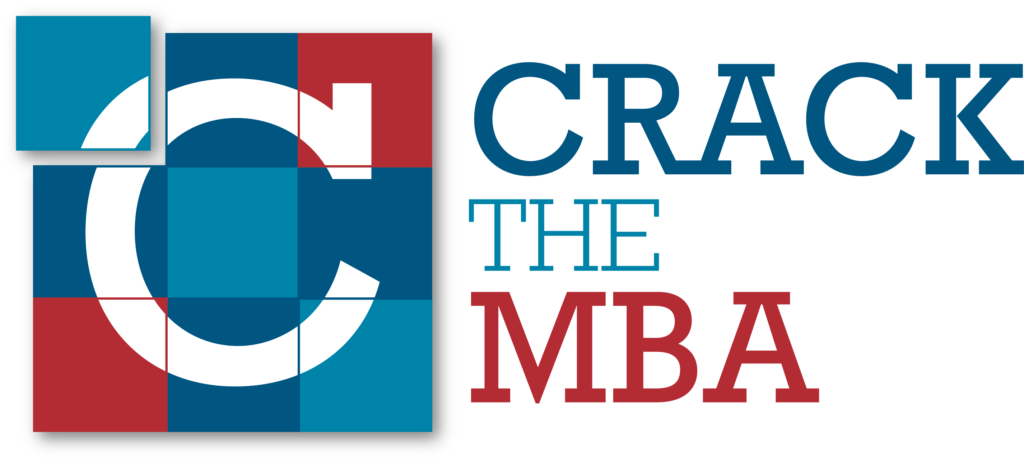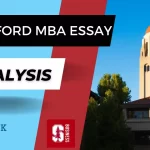How to Submit a Strong MBA Application to MIT Sloan

With the Round 2 of MBA applications done with for most schools, a number of prospective MBA candidates have started preparing for their interviews. However, Round 2 applications are not entirely done, with MIT Sloan’s R2 deadline coming up this week on Tuesday, Jan 21st. Here below, we focus on MIT Sloan and how you can ‘Crack The MBA’ by submitting a strong application that will improve your chances of getting accepted into the business school. We touch upon topics such as letters of recommendation, references, resumes, cover letters, the evaluation process and interviews.
Read on!
Letters of Recommendations and References
Starting in 2019, MIT Sloan asks for one letter of recommendation and two references as part of its MBA application.
The letter of recommendation should come from a professional source, ideally a current supervisor or possibly a previous supervisor. The best letters come from people who know you the best and can speak in detail about your accomplishments and the impact you’ve had work. Choose someone who can highlight you in your application, so it shows the evidence of the impact, the successes, promotions, or great accomplishments you’ve had at work.
Tip – Make sure that you give your letter of recommendation plenty of time. Let the person know in advance. Tell them when your application deadlines are, and provide them with enough time to support a detailed recommendation on your behalf. The Letter of Recommendations should come from those who know you best.
References – These individuals should be able to speak your experiences at work or at another organization (for e.g. charity, non-profit where you volunteer). Our admissions committee might reach out to these individuals if they have additional questions about your applications.
Tips – Ask your references permission to be included in your application. Set your reference expectations. The admissions committee will reach out to them if they have additional questions by sending an initial email to schedule a phone call with them. When considering who to select for your references, it’s a good idea to an additional from a professional source, possible a previous supervisor or someone you’ve worked with in a professional capacity over a long period of time. The admissions committee is looking for references who can speak to the impact and success that you’ve had that you’re highlighting in other aspects of your applications.
Your Letter of Recommendation and References are a great tool for the admissions committee to understand the nature of your work and the success you’ve had in your career to date.
Resume and Cover Letter
Resume – Your resume is helpful for the admissions committee in getting to know more about your professional success and the ways you’ve demonstrated that in the past. Your resume should follow a standard, one page format with your experience listed in reverse chronological order. Go beyond what you do on a day to day basis. Talk about the project you’ve led or the ways that you’ve collaborated across your teams or across your organizations.
Tip – MIT Sloan provides a highly functional template as part of their application. Also, please note that they ask you to redact header details including name, location, etc. to prevent biases from creeping into the process.
Cover letter – Write to the admissions committee like you are seeking a place in the MIT Sloan MBA program. It should follow the same business correspondence format as if you were applying for a job. Include examples from your past professional experience, your recent, maybe the last two or three years of ways that you’ve made an impact and ways you’ve demonstrated things like leadership, team building, working collaboratively, these qualities that are so important to us at MIT Sloan.
Evaluation Process
The admissions committee is looking for evidence of different attributes and competencies that they feel would make a successful Sloan student. These attributes fall into different categories:
- Evidence of academic strength. This can be demonstrated through test scores, transcripts, and/or additional coursework.
- The admissions committee is interested in understanding the impact you have made in your career thus far, no matter which industry you currently work in.
- Evidence of personal competencies. How do you work in a team? How have you solved problems in creative ways?
Interviews
Once you receive your interview invitation, you’ll be asked to submit a 250-word essay about MIT Sloan’s mission statement. You’ll be reminded what the mission is, and you’ll be asked to tell how your experience and your goals align with the mission at MIT Sloan School. There are three components to the interview.
- The admissions committee will ask any questions that they might have about your application. There may be some gaps in employment, gaps in education, other questions that they might have.
- Behavioral questions. You’ll be asked to reflect on something that has happened in the past to answer their questions.
- An opportunity for you to ask the admission committee questions. These should be questions that aren’t easily found on MIT Sloan’s website, are personal to you or demonstrate real interest in the MBA program.
We wish all Round 2 applicants our very best as they make it through the final stage of the application process for MIT Sloan!






